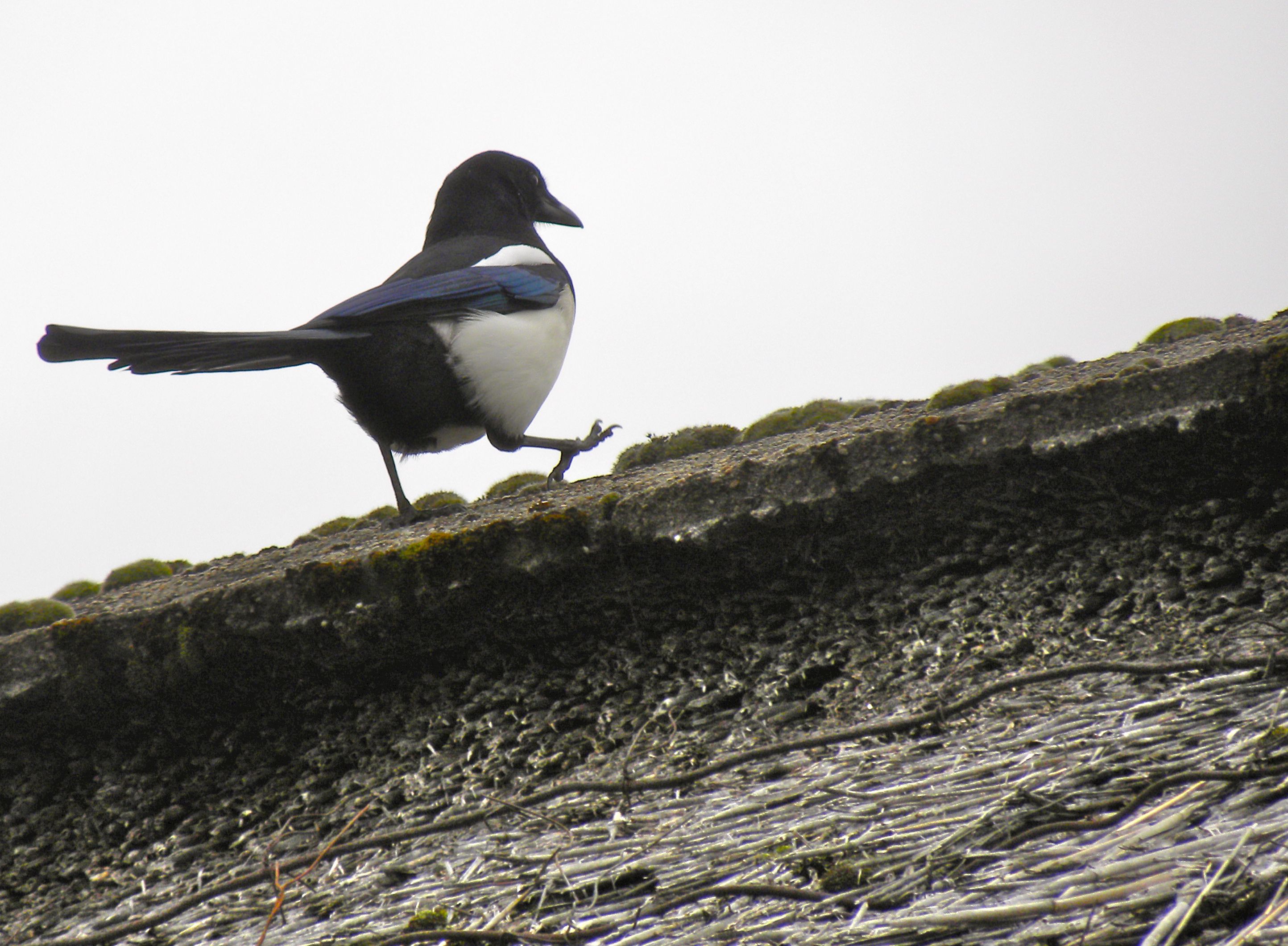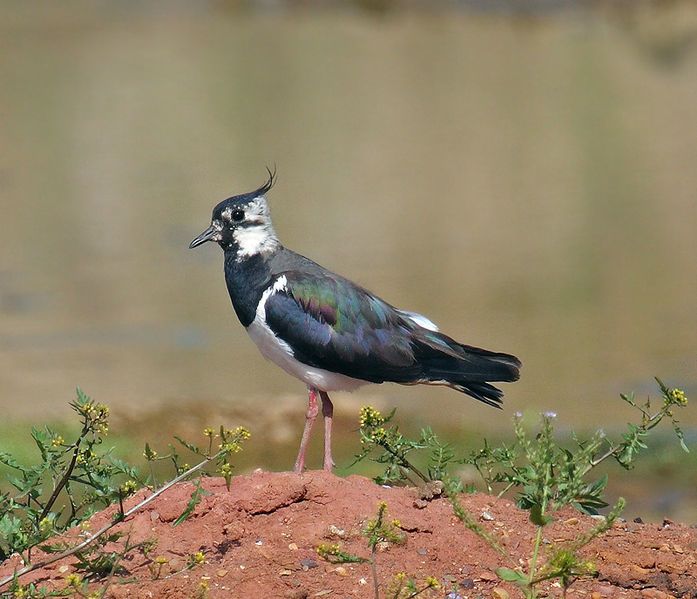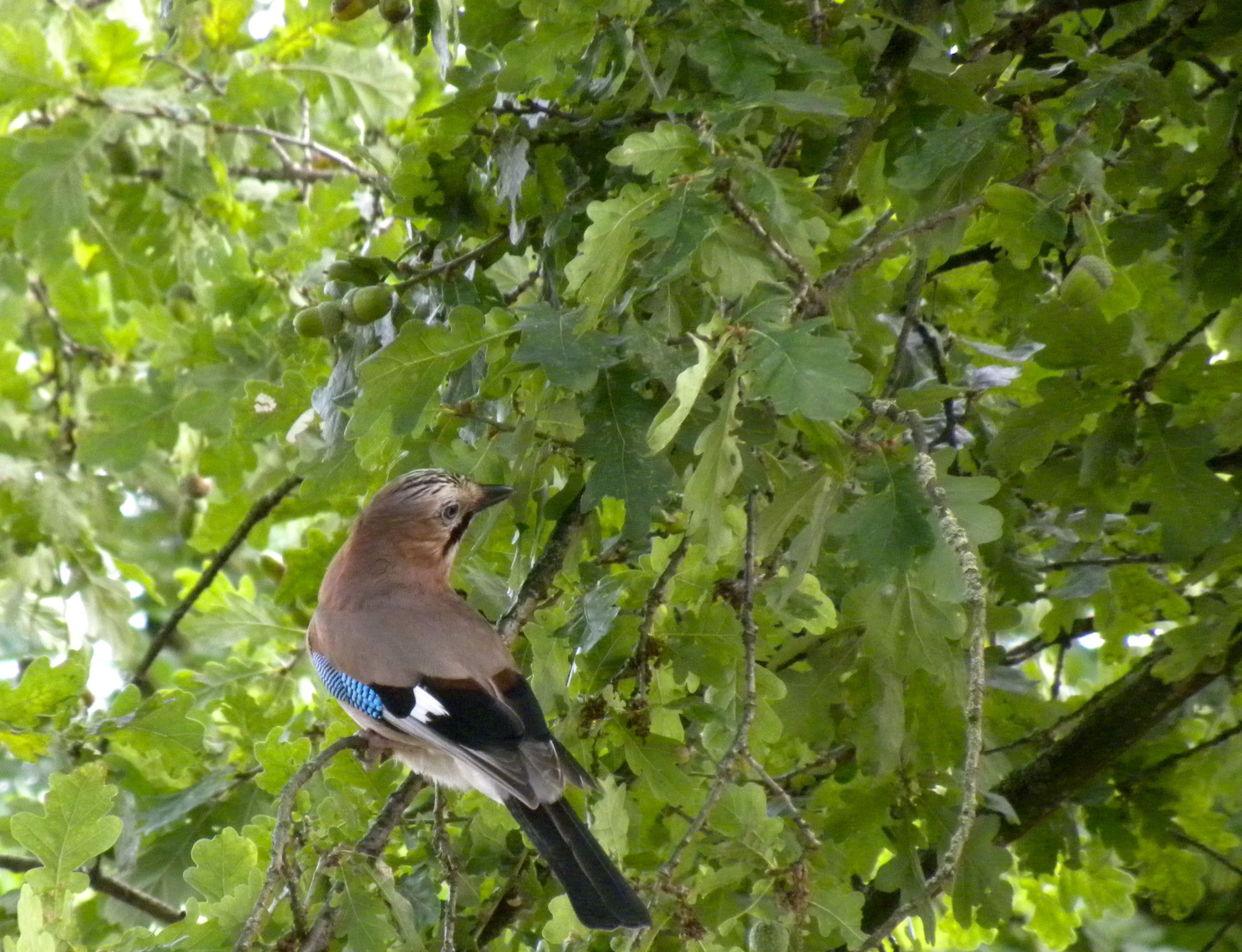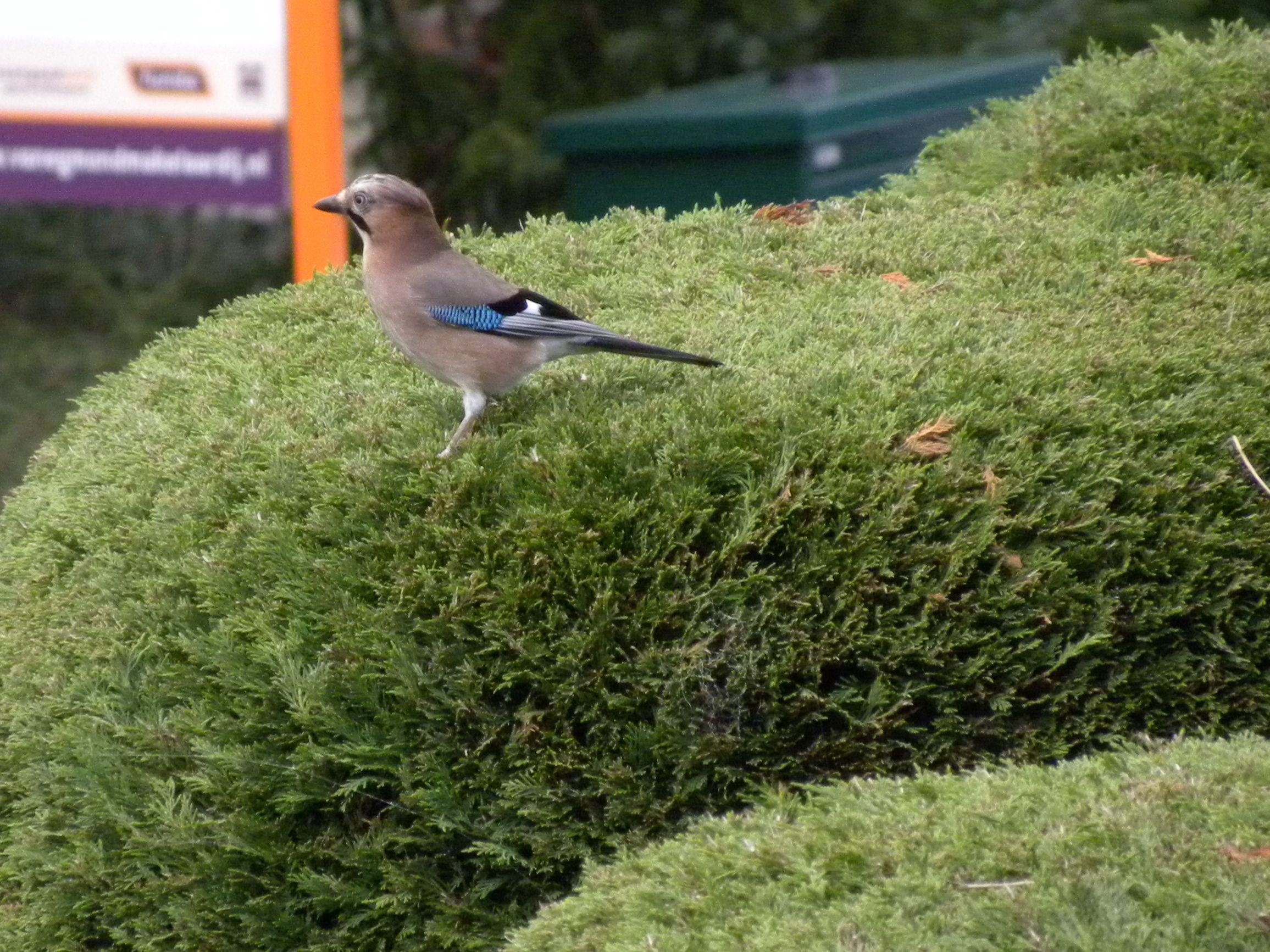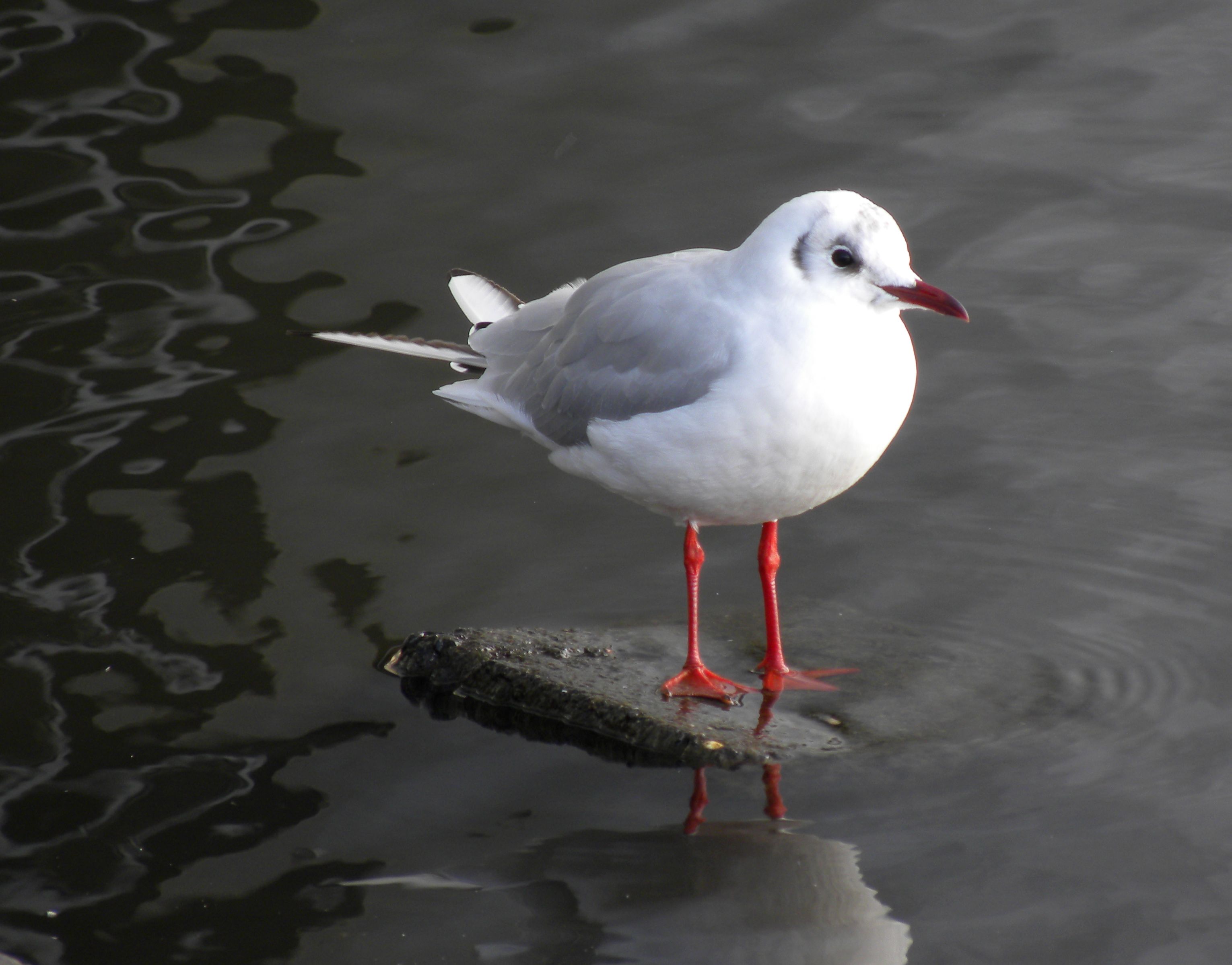September & October 2012. I’ve had enough of traveling – for now anyway. We have returned from nearly three weeks in Iceland, Holland and, very briefly, Belgium. It hardly needs to be said that leaving your home turf will produce some novelty birds, and it did.
Blogging far from home and using an iPad was frustrating but I managed to report on some really quite commonplace birds that evoked my Wow! response: Black-headed Gull, Magpie and Flemish Jay included; but there was lots more. To recount them all would be tiresome and I’ll post more information and photos on another page when I get a bit more time. Meanwhile, there are birding things to do and birding places to go back home, so more local, southern Ontario stuff will resume.
As for Europe, here is a brief commentary on a handful of great encounters among many bird highlights; great for me anyway. Lots of dry-land excursions and waterways travel, as well as a serious day of birding with three Dutch friends, turned lots of new-for-me sightings, and many re-acquaintances with more familiar birds.
Red crested Pochard, I’d never seen one of these before, it’s a duck more likely to be found much farther east, it’s not very common and its coral red bill and orangey head make it eye-catching. I sure wish I’d managed to get a photograph of one. Still there’s plenty to be found on-line.
White-tailed Eagle, I should have been absolutely exultant at finding this bird. Even the field guides acknowledge its rarity. But the species is known to breed in the area we were in, it was a distant juvenile bird and so similar to our own familiar Bald Eagle that the wow factor was not quite what it should have been for me. My companions were truly thrilled though, maybe I needed to pinch myself.
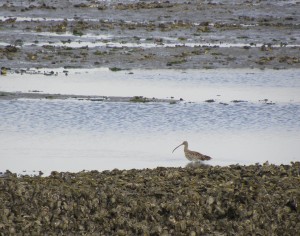
Curlew, we first spotted a couple of these on a distant river mudflat along with hordes of Lapwings, Greylag Geese, Red-breasted Mergansers and Black-headed Gulls, my companions were only mildly impressed, actually they were rightly getting quite excited about a handful of loafing Caspian Terns which are an uncommon transient in Holland. Then a few days later, traveling up the River Scheldt at low tide, I could see hundreds of Curlews picking food from the exposed muds. With them were an equal number of Oystercatchers, both quite sensational sightings for me.
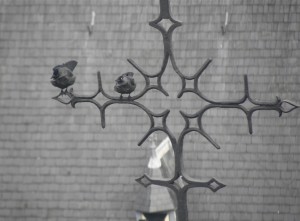
Jackdaws. I have a childhood fascination for and delight in Jackdaws. They are members of the crow family and I always associate them with old buildings, preferably ancient churches or decaying castle ruins. They are gregarious, vocal and look as though they’d make interesting, if lively, pets. These two are atop an ornate cross beside a 14thCentury church.
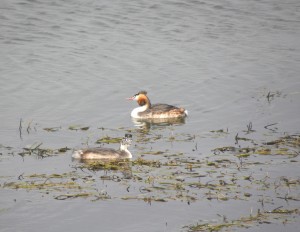
Great-crested Grebe. They’re everywhere and they’ve found a place in the hearts of the Dutch. Quite apart from being abundant, having no apparently offensive traits and nurturing their clamorous young for months after hatching, they are a striking bird and easy to see and enjoy.
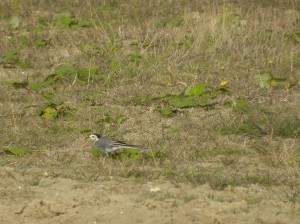
White Wagtails. These are attractive and busy little birds. They are well named, for their tails bob up and down furiously. They’re closely related to pipits and favour urban areas bordering open space. What really caught my imagination is their Dutch name: ‘Kwikstaart’, which is every bit as descriptive as Wagtail.
